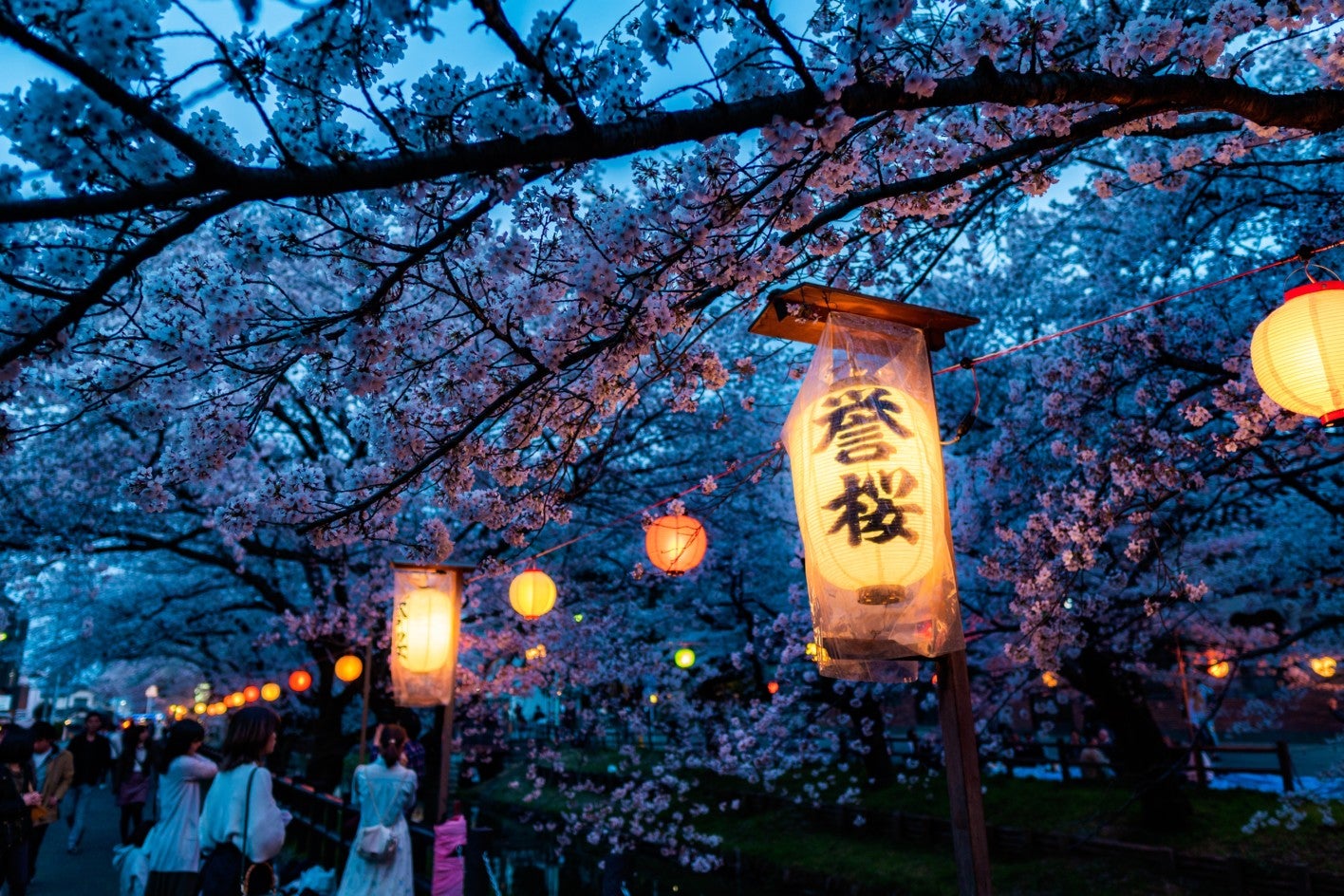Kyouto, the historical heart of the Land of the Rising Sun, is a place steeped in deep culture and long-standing customs. Among its numerous wonders, the vibrant events stand out as a testament to the city's timeless legacy and collective spirit. From the grand parade of Aoi Matsuri to the spectacular displays of Gion Festival, each event offers a unique glimpse into the mesmerizing cultural tapestry that shapes this ancient capital. These events not only showcase the artistic brilliance and skills of the local population but also connect eras by honoring traditions passed down through the centuries.
As the months change, Kyoto comes alive with the sounds, visuals, and fragrances of its events, each reflecting the intrinsic principles and traditions of the local people. Guests and locals alike eagerly look forward to these gatherings, which are not merely happenings but a way to engage with the essence of Kyoto's tradition. Whether participating in the elaborate ceremonies or marveling at the lovely attire, one is invited to engage in the spirit of Kyoto, making memories that echo the city's vibrant past and promising future.
A Significance of Gion Matsuri

The Gion Festival is one among the most renowned celebrations in Kyoto, taking place annually in July. The festival's beginnings go back to the 9th century as a purification ritual to satisfy the deities during a plague. Over the decades, it has transformed into a celebrated celebration featuring colorful floats, cultural music, and performances, deeply ingrained in Kyoto's cultural tradition. The festival not only showcases the city's artistic skills but also serves as a signal of its history and time-honored traditions.
The highlight of the festival is the parade of floats, referred to as yamaboko, which trek through the streets of Kyoto. These floats are elaborately designed and represent distinct areas of the city, with each display showcasing unique craftsmanship and historical importance. The event draws thousands of visitors, both local and international, who arrive to admire the artistry and join in on the celebrations. This community spirit reinforces the connections among residents and maintains the beloved customs alive.
Additionally, the festival plays a crucial role in the maintenance of Kyoto's culture. It offers a platform for the local to come together, honor their cultural identity, and transmit traditional practices to coming generations. The festival highlights the significance of rituals and customs in preserving the spirit of Kyoto, making it an essential part of the city's cultural landscape. Through Gion Matsuri, the legacy of Kyoto's rich heritage continues to prosper.
Aoi Matsuri: A Celebration of Nature
Aoi Matsuri, held every year on May 15th, is one of Kyoto's significant festivals, deeply rooted in the city’s ancient traditions. The festival has its roots back to the sixth century as a ceremony to guarantee a bountiful harvest and satisfy the deities of nature. The name "Aoi Matsuri" refers to the plant known as hollyhock, which is prominently featured in the festival's ceremonies, representing abundance and luck. This connection to nature is central to the celebration, emphasizing the close bond between Kyoto's citizens and their environment.
The festival begins with a splendid procession known as the "Sanbo-sai," where participants don bright traditional costumes inspired by the Heian period. The route from the Imperial Palace to the Kamo Shrines is filled with spectators eager to witness the elaborate display. Floats adorned with lush greenery and flowers celebrate the natural beauty that the festival commemorates. The detailed preparation and the appreciation shown during this procession encapsulate Kyoto's rich cultural heritage and dedication to preserving its traditions.
At the heart of Aoi Matsuri is a deep appreciation for Kyoto's environment. The rituals performed during the festival are intended to reverence the gods that watch over the crops and wildlife in the locality. This respect for nature reflects the value of Kyoto's cultural festivals, which frequently combine spiritual beliefs with the changing seasons. As the city showcases its dedication to these traditions, Aoi Matsuri acts as a reminder of the importance of nature in Japanese culture, making it a memorable experience for inhabitants and visit ors alike.
Cultural Impact of Kyoto Fests
The festivals of Kyoto function as a dynamic representation of the city's beautiful cultural heritage and traditions. Each event, whether it be the Gion Matsuri or Aoi Matsuri, displays the detailed rituals, performances, and artistic expressions that have been passed down through time. These celebrations not only recognize Kyoto's historical significance but also promote community bonding among residents and visitors alike, supporting a feeling of identity and belonging.
Participating in Kyoto's festivals provides people to connect to the local customs and artistic endeavors, nurturing a deeper understanding for the city's cultural landscape. The elaborate floats, traditional attire, and performances showcase the craftsmanship and creativity embedded in Kyoto's culture, serving as a vibrant exhibition for both locals and tourists. This immersive experience encourages an understanding of antiquated practices while also highlighting their relevance in contemporary society.
Moreover, the economic effect of Kyoto's festivals cannot be overlooked. These events attract thousands of tourists each year, stimulating local businesses and promoting the preservation of traditional crafts and foods. The arrival of visitors provides an opportunity for the community to showcase its unique culture and traditions, while also ensuring that these festivals remain a essential aspect of Kyoto's identity for future generations.
